Sports and epilepsy- What to do and what not!!
Sports which should avoid during epilepsy treatment



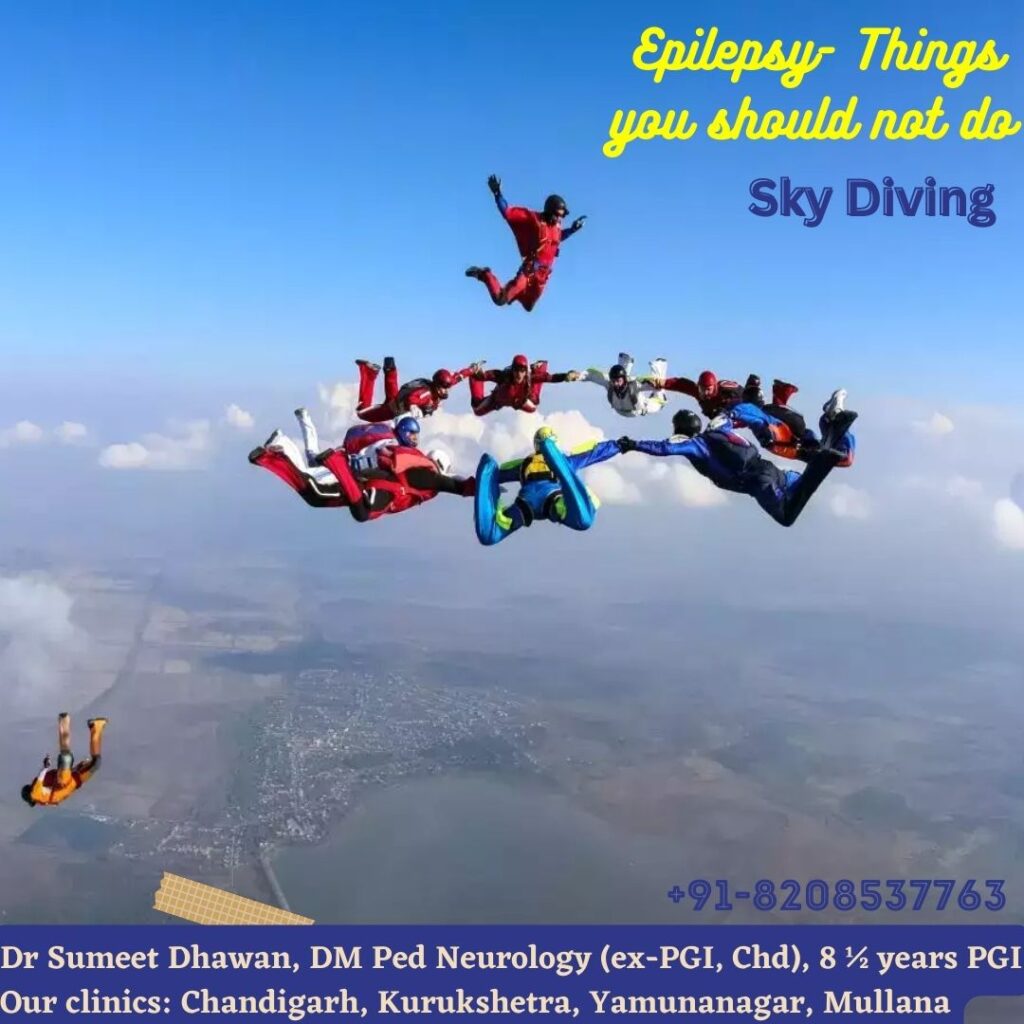




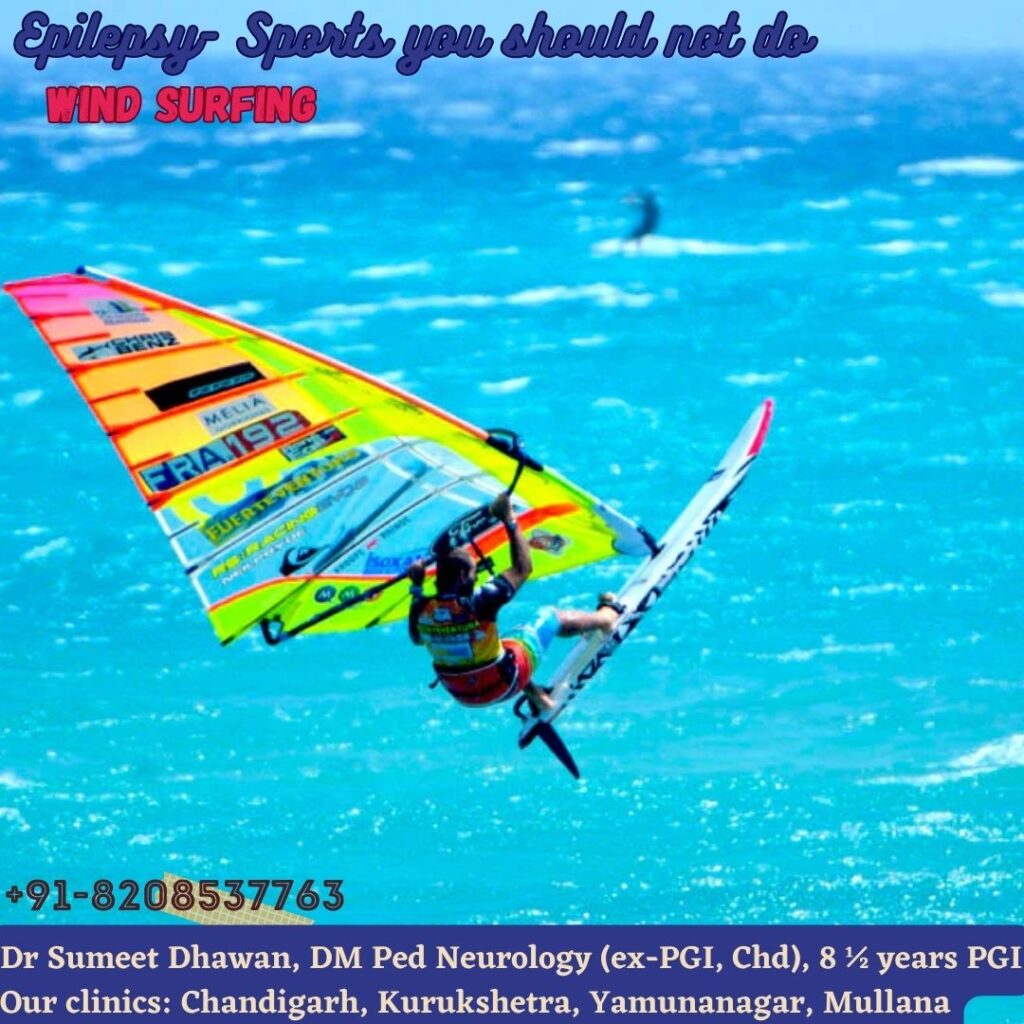
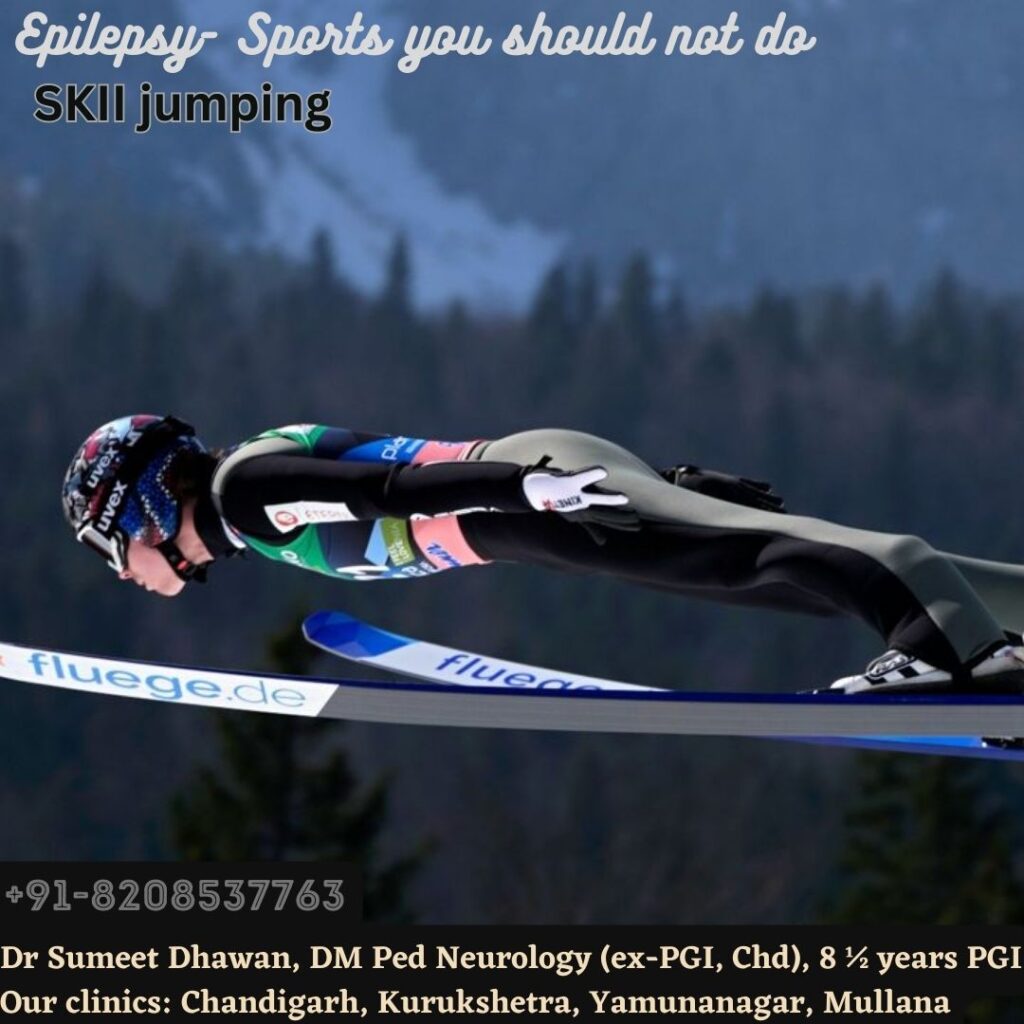
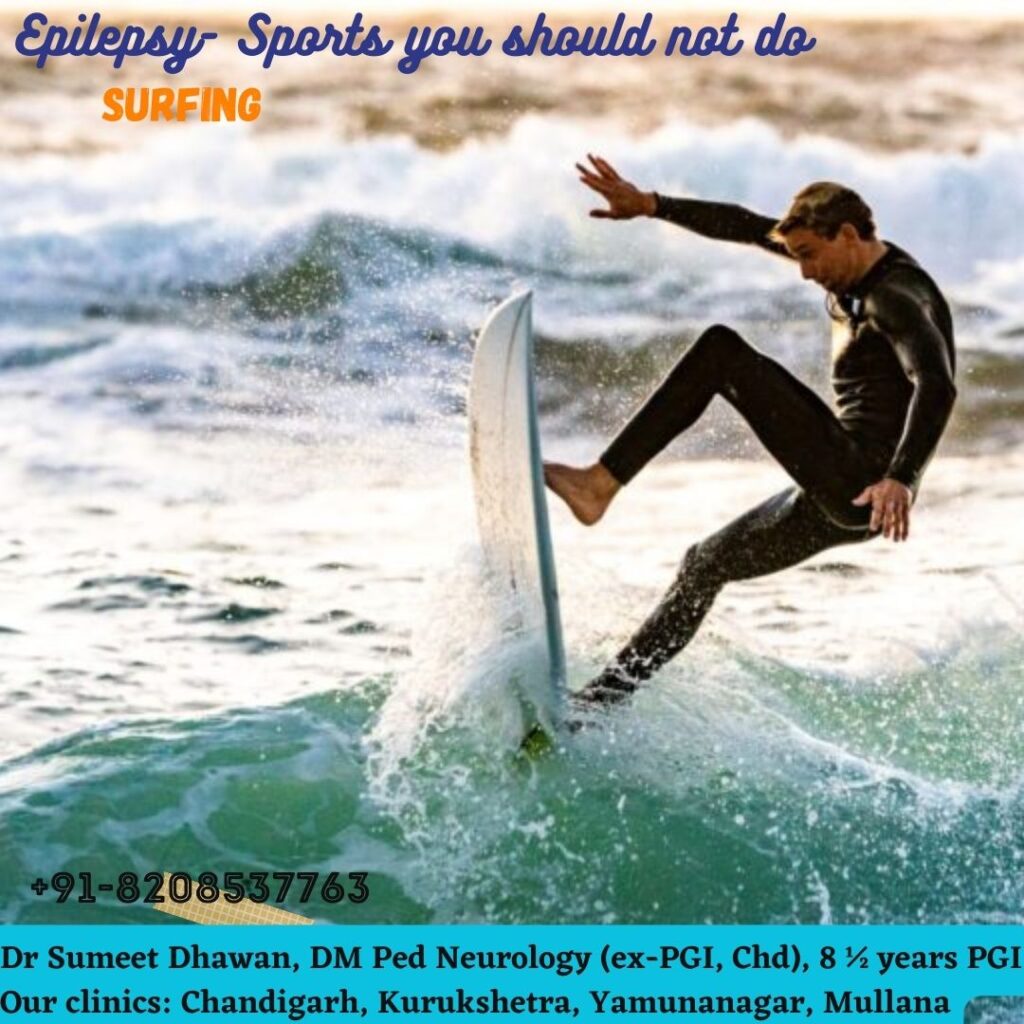








Sports which you can play during epilepsy treatment
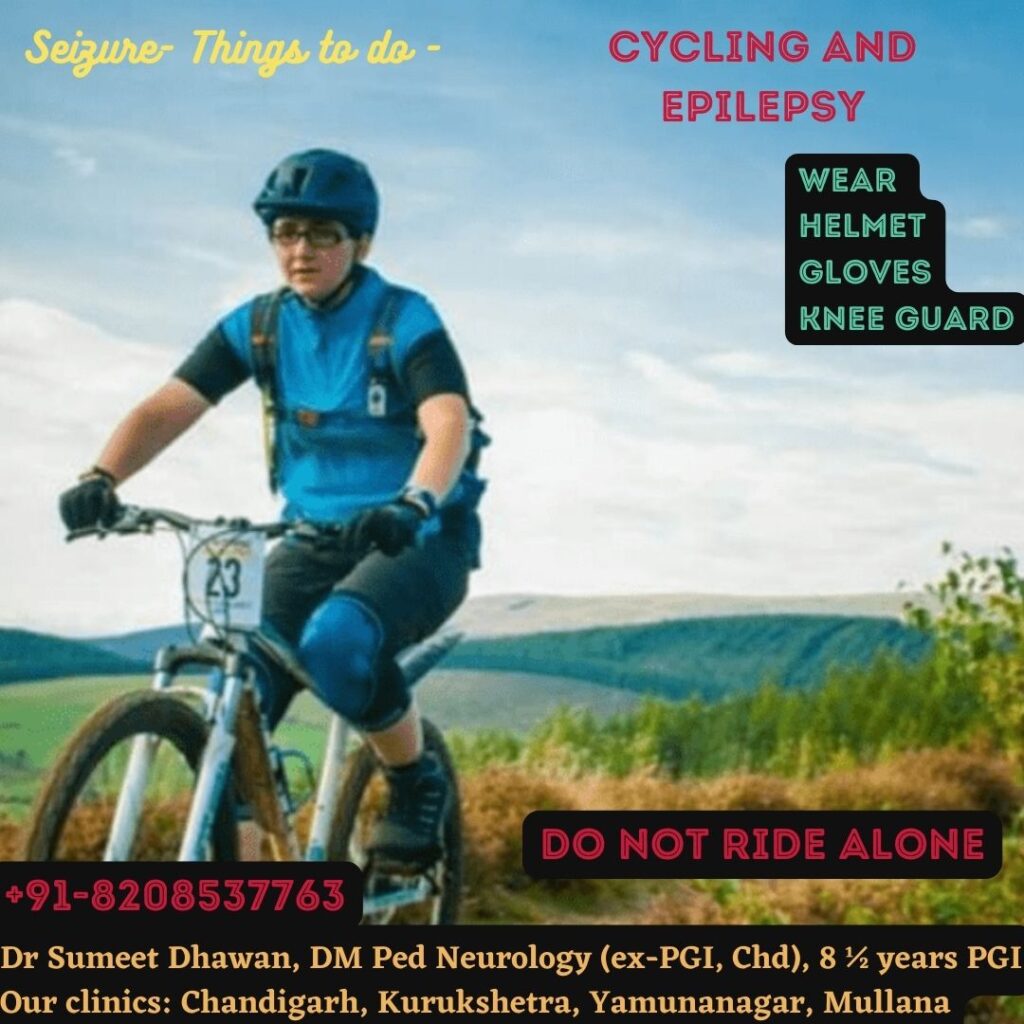





















Finding the Right Fit: Sports and Activities for People with Epilepsy
Epilepsy can sometimes feel like a limiting factor, especially when it comes to physical activity and sports participation. However, the good news is that many people with epilepsy can safely enjoy a wide range of sports and activities. This comprehensive guide explores the relationship between epilepsy and sports, outlining activities to approach with caution and offering a variety of safe and enjoyable alternatives.
Understanding Seizure Risk and Sports Participation
The decision of which sports are safe for someone with epilepsy depends on several factors, including:
- Seizure Type and Frequency: The type and frequency of seizures a person experiences play a significant role. People with well-controlled epilepsy, meaning infrequent seizures, may have a wider range of safe activity options.
- Triggers: Identifying and avoiding individual seizure triggers is crucial. Activities that involve heights, extreme exertion, or dehydration may be potential triggers for some people with epilepsy.
- Supervision: The availability of supervision during physical activity is an important safety consideration, especially for high-risk sports or activities.
Sports to Approach with Caution
While complete exclusion from all sports isn’t necessary for everyone with epilepsy, certain activities pose a higher risk of injury or complications during a seizure. Here’s a breakdown of sports to approach with caution:
- High-Impact Activities: Sports with a high risk of falls or collisions, such as football, rugby, hockey, and horseback riding, can be dangerous if a seizure occurs.
- Water Sports: Activities like scuba diving, surfing, and unsupervised swimming can be risky due to the potential for drowning during a seizure.
- Rock Climbing and Skydiving: These activities involve significant heights and require constant focus, which could be compromised by a seizure.
- Motorsports: The high speeds and potential for accidents associated with motorsports make them a risky proposition for people with epilepsy.
Safe and Enjoyable Alternatives:
Fortunately, there are plenty of safe and enjoyable sports and activities that people with epilepsy can participate in:
- Swimming (with supervision): Swimming can be a fantastic low-impact exercise option, but always ensure there’s a lifeguard or someone present for supervision.
- Walking and Running: Walking and running are excellent ways to stay active and improve cardiovascular health. Start gradually and listen to your body.
- Cycling: Cycling outdoors or using a stationary bike offers a great cardiovascular workout. Wear a helmet and prioritize safety.
- Team Sports (with modifications): Team sports like basketball, volleyball, or soccer can be enjoyed with modifications to minimize contact or high-risk maneuvers. Discuss safety precautions with coaches and teammates.
- Martial Arts (certain styles): Certain martial arts styles that emphasize controlled movements and balance, such as Tai Chi or Yoga, can be beneficial.
- Individualized Activities: Individual activities like gymnastics (with proper training and supervision), weightlifting (with a spotter), or dance can be safe and enjoyable options depending on seizure risk.
The Importance of Communication and Planning
- Consult Your Doctor: Always discuss your desired sports participation with your doctor. They can assess your individual seizure risk and provide guidance on safe activities and necessary precautions.
- Open Communication with Coaches and Trainers: Communicate openly with coaches, trainers, or gym staff about your epilepsy and any safety considerations.
- Develop a Seizure Action Plan: Create a seizure action plan with your doctor and share it with people who frequently participate in activities with you. This plan should outline what to do in case a seizure occurs.
- Listen to Your Body: Pay attention to your body’s signals. Take breaks when needed, and avoid pushing yourself to the point of exhaustion, which can be a potential trigger for some people with epilepsy.
Additional Considerations:
- Emergency Identification: Consider wearing a medical alert bracelet or necklace to identify yourself as having epilepsy in case of an emergency.
- Maintain Medication Adherence: Consistent medication adherence is crucial for optimal seizure control, allowing for safer participation in physical activity.
- Positive Reinforcement: Focus on the joy and benefits of physical activity. Celebrate your achievements and progress in finding safe and enjoyable sports options.
Beyond Sports: Exploring Other Activities
Physical activity isn’t limited to traditional sports. Here are some alternative ways to stay active and engaged:
- Outdoor Activities: Hiking, nature walks, or geocaching can provide exercise while connecting with nature.
- Dance Classes: Dance classes can be a fun way to move your body and express yourself creatively in a safe environment.
- Active Video Games: Certain video games that incorporate movement can be a fun way to get your heart rate up.
- Household Chores: Even everyday activities like gardening or cleaning can contribute to physical activity levels.
Epilepsy affects everyone differently. What might be a high-risk activity for one person may be perfectly safe for another. Here’s how to navigate sports participation with an individualized approach:
- Start Slow and Gradually Increase Intensity: Begin with low-impact activities and gradually increase intensity and duration as your fitness improves.
- Listen to Your Body: Pay close attention to your body’s signals. Stop if you feel tired, lightheaded, or experience any seizure auras (warning signs before a seizure).
- Celebrate Achievements and Focus on Progress: Focus on the joy of physical activity and celebrate your achievements, no matter how small.
Building a Support System
A strong support system can make a significant difference in your experience with sports and physical activity:
- Involve Family and Friends: Inform your family and friends about your epilepsy and the safety precautions you take during physical activity. Their understanding and support can be invaluable.
- Connect with Support Groups: Connecting with support groups for people with epilepsy can provide a sense of community and allow you to share experiences with others who understand the challenges you face.
The Role of Technology
Technology can play a supportive role in sports participation for people with epilepsy:
- Wearable Fitness Trackers: Wearable fitness trackers can help you monitor your heart rate, activity levels, and sleep patterns, which can be helpful in managing your epilepsy and optimizing your workouts.
- Seizure Monitoring Devices: Some advanced devices can monitor brain activity and potentially predict seizures. While still under development, these advancements may play a role in the future of safe sports participation for people with epilepsy.
The Takeaway: Finding Balance and Embracing Possibilities
Epilepsy doesn’t have to limit your enjoyment of physical activity and sports. By understanding your individual risk factors, communicating openly, planning effectively, and creating a supportive network, you can find safe and enjoyable ways to stay active and embrace a healthy lifestyle. Here are some key takeaways:
- Individualized Approach: Tailor your sports participation to your specific seizure type, frequency, and overall health.
- Communication is Key: Open communication with doctors, coaches, and loved ones is vital for ensuring safety and support.
- Planning and Preparation: Develop a seizure action plan and take necessary precautions before participating in any activity.
- Listen to Your Body: Pay attention to your body’s signals and prioritize safety over pushing yourself to the limit.
- Focus on the Positive: Celebrate your progress and embrace the joy of physical activity.
With the right approach and a supportive environment, people with epilepsy can achieve their fitness goals, participate in sports they enjoy, and live an active and fulfilling life.